Ford Ranger pick-up goes PHEV, but is it enough?
The Ranger PHEV provides a balance of EV features and petrol range but feels overly cautious

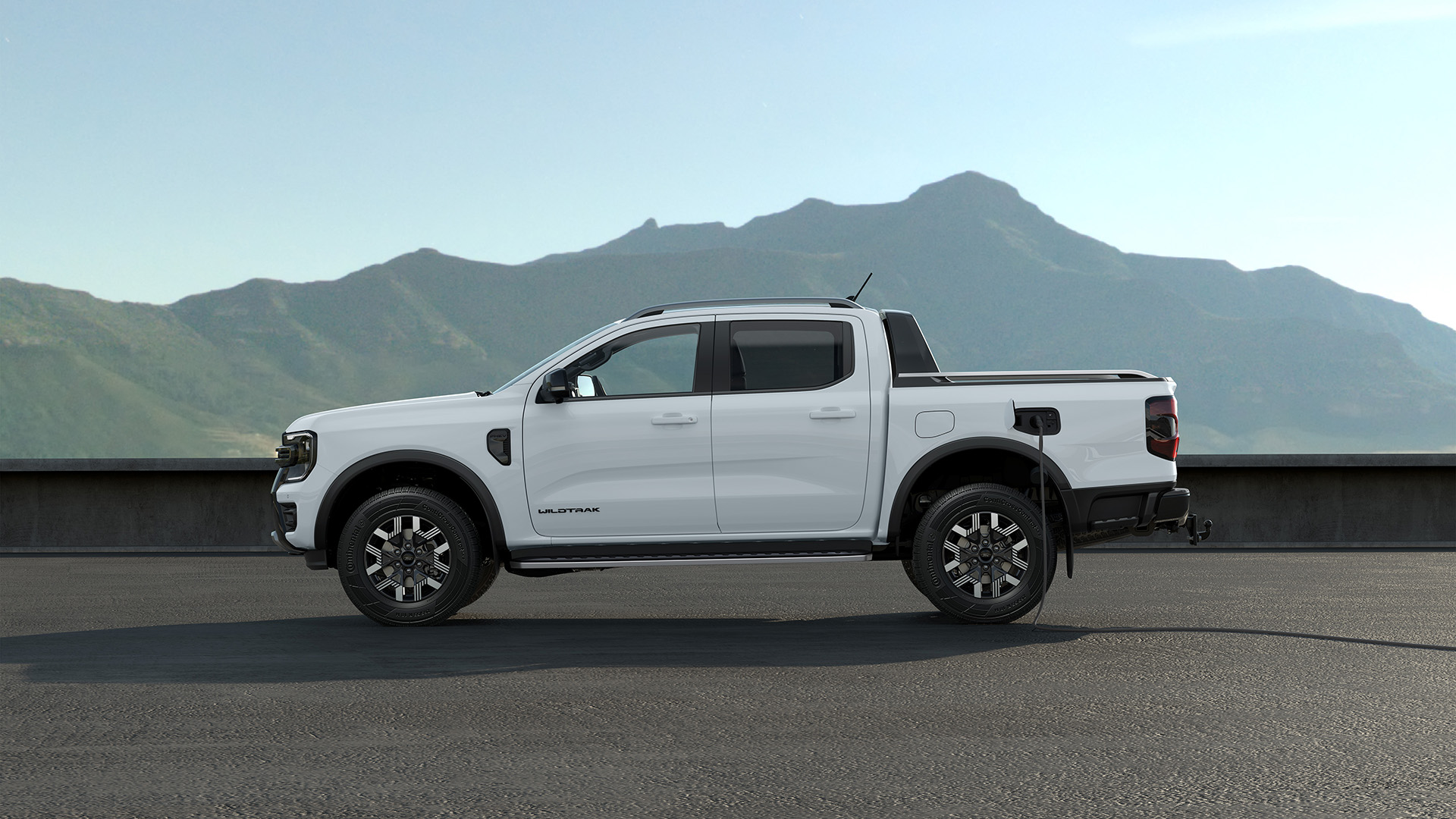
The Ford Ranger has been the biggest selling pick-up truck in Europe and Australia for the last eight years and commands 45% of the market. Up until now though it has only been available in petrol or diesel variants. Even the new fifth generation, launched in 2022 was notably shy of even mild-hybrid power.
That changes with the Ranger PHEV, due to hit the market in 2025. According to Ford, the Ranger PHEV takes the truck on a path to electrification, introducing a number of EV advantages without losing the benefits of a petrol engine.
The size of the electric battery in the Ranger PHEV hasn’t been confirmed but we know it will give drivers up to 45km (27 miles) of range. It will also power tools and appliances through two 240v plugs in the bed and one in the cab, making it ideal for small businesses, construction workers and campers. I’m guessing around 11.1kWh of battery is in the Ranger, which is about the same as most PHEV SUVs.
Ford’s argument for the PHEV is that 52% of its users travel less than 40km per day but regularly use the truck for towing. In order to achieve the required 3.5 tonne towing capability the battery is paired with a 2.3-litre four cylinder petrol engine. So long trips, and heavier loads, can be taken care of using a hybrid of petrol and electric power.
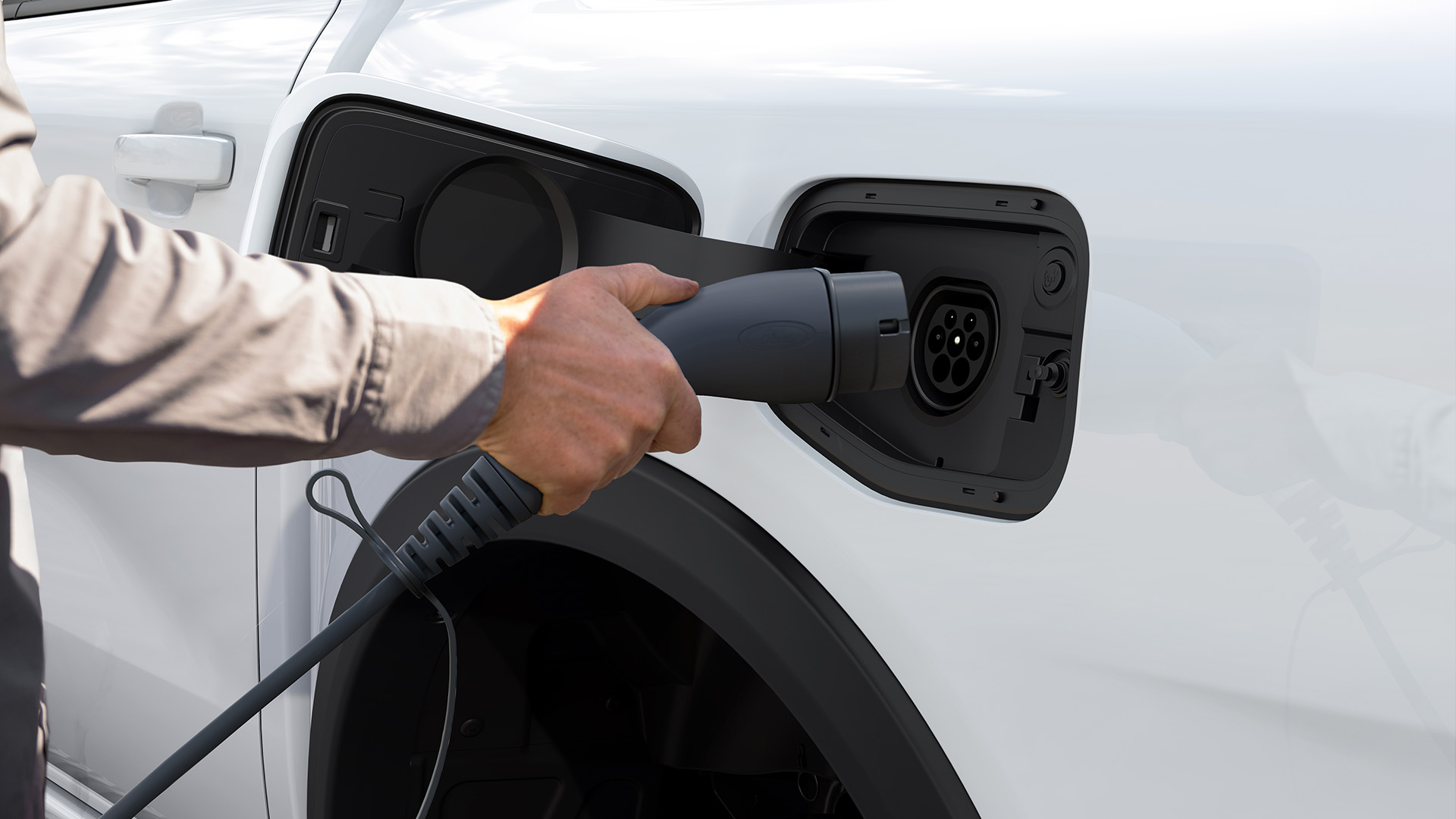
The Ranger PHEV does have some clever EV drive modes on board to optimise usage. The main Auto mode uses electric power at slow speeds, and petrol when the car requires more grunt – such as motorway driving or off-road. The ‘Now’ mode puts the truck into electric-only powered driving, while the ‘Later’ mode picks petrol only, allowing you to save the battery.
Perhaps the cleverest mode here though is the Charge mode, which allows the Ranger to act more like a mild-hybrid. This charges the battery using the petrol engine, but unlike other PHEVs that only do this through regenerative braking, this can be done even when the vehicle is stationary to top up your battery power. It’s a handy feature but one that seems designed to deal with having a battery that’s too small.
In the US, the fully-electric Ford F-150 Lightning has proved to be extremely successful, so I’m surprised that a European / Australian offering that’s still two years away from sale is still only a PHEV. The reasoning is that the audiences in Europe and Australia aren’t ready, though I feel that’s a difficult argument when there’s a fully electric Ford Transit van, the E-Transit, already on sale.
Get all the latest news, reviews, deals and buying guides on gorgeous tech, home and active products from the T3 experts
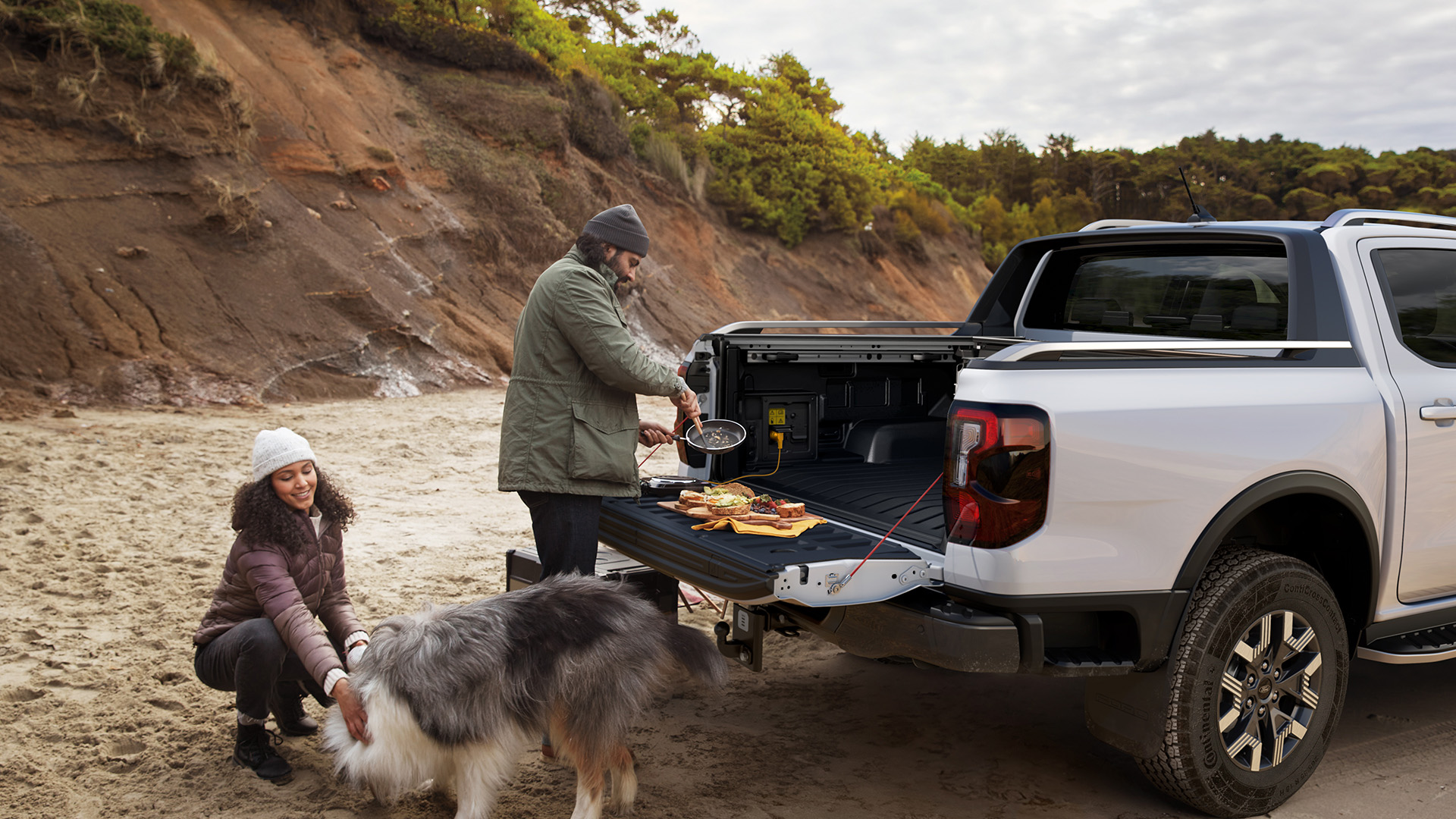
The second reason given is that a full EV Ranger wouldn’t have the towing capacity needed. But when the F-150 Lightning can tow up to 4.5 tonnes, surely it could put a big enough battery in a Ranger to hit 3.5 tonnes?
If even RAM is announcing a fully electric truck, then I’m sure Europe can handle an electric Ranger. It would be great to at least have the choice of BEV or PHEV models. The Ranger PHEV will also only allow AC charging for home use, and not faster DC charging, which feels very behind the times.
Overall, I just feel that Ford has been overly cautious with this truck. I’m a big fan of the Ranger, especially the Ranger Raptor, and I’m sure this will be great to drive. It’s just not the truck I was hoping for. Come on, Ford. Let’s see that Ranger Lightning soon.
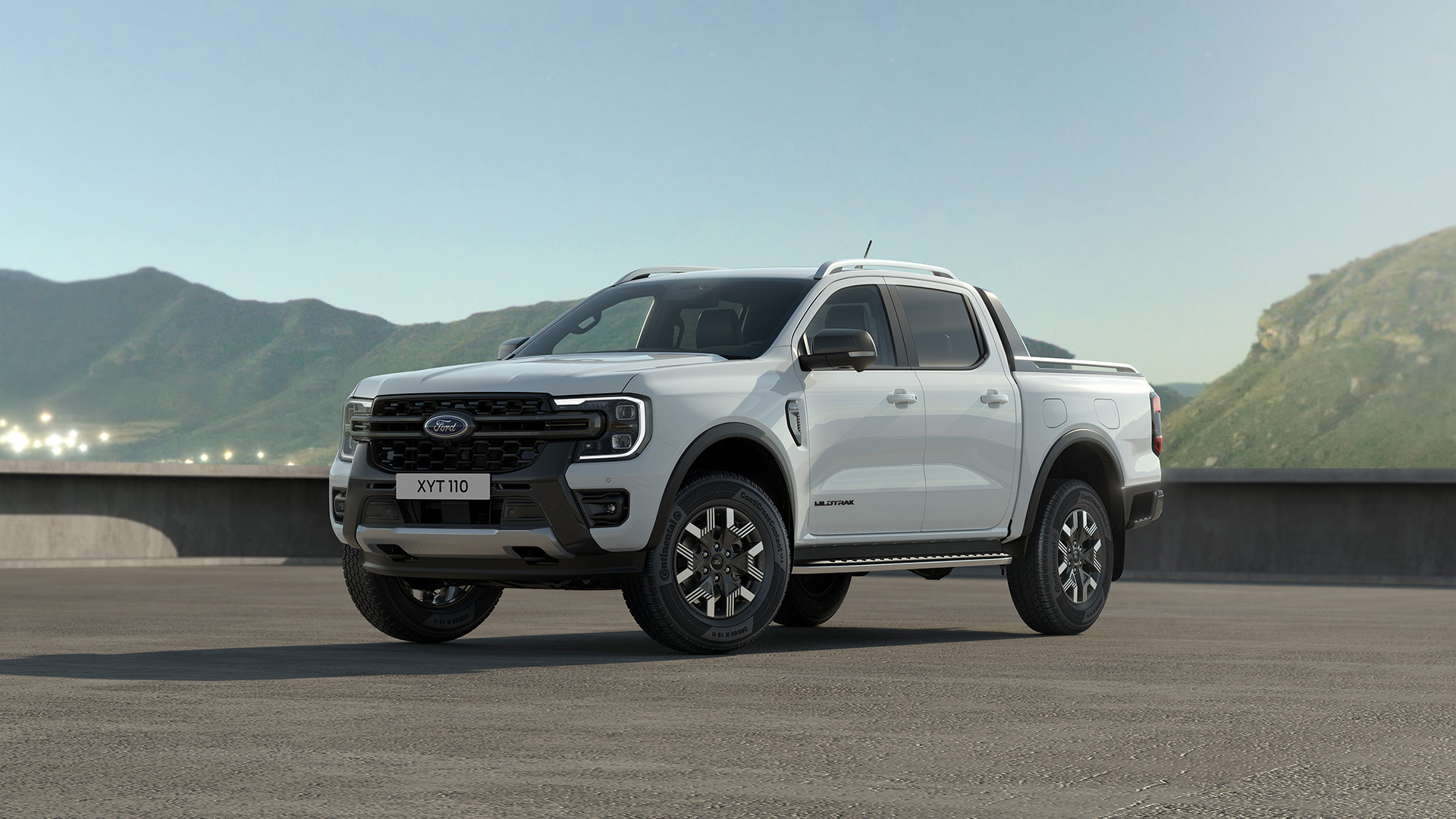
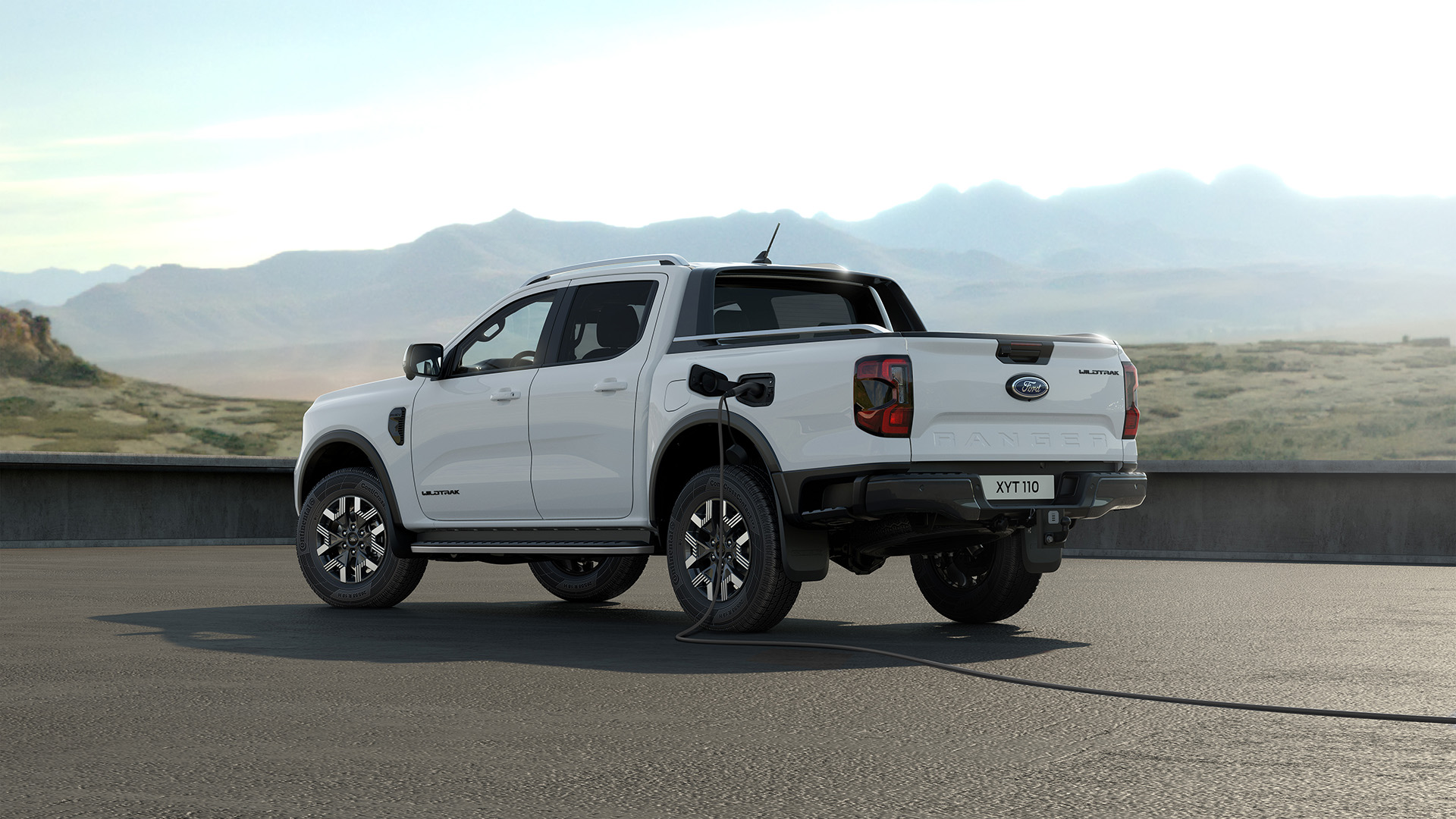
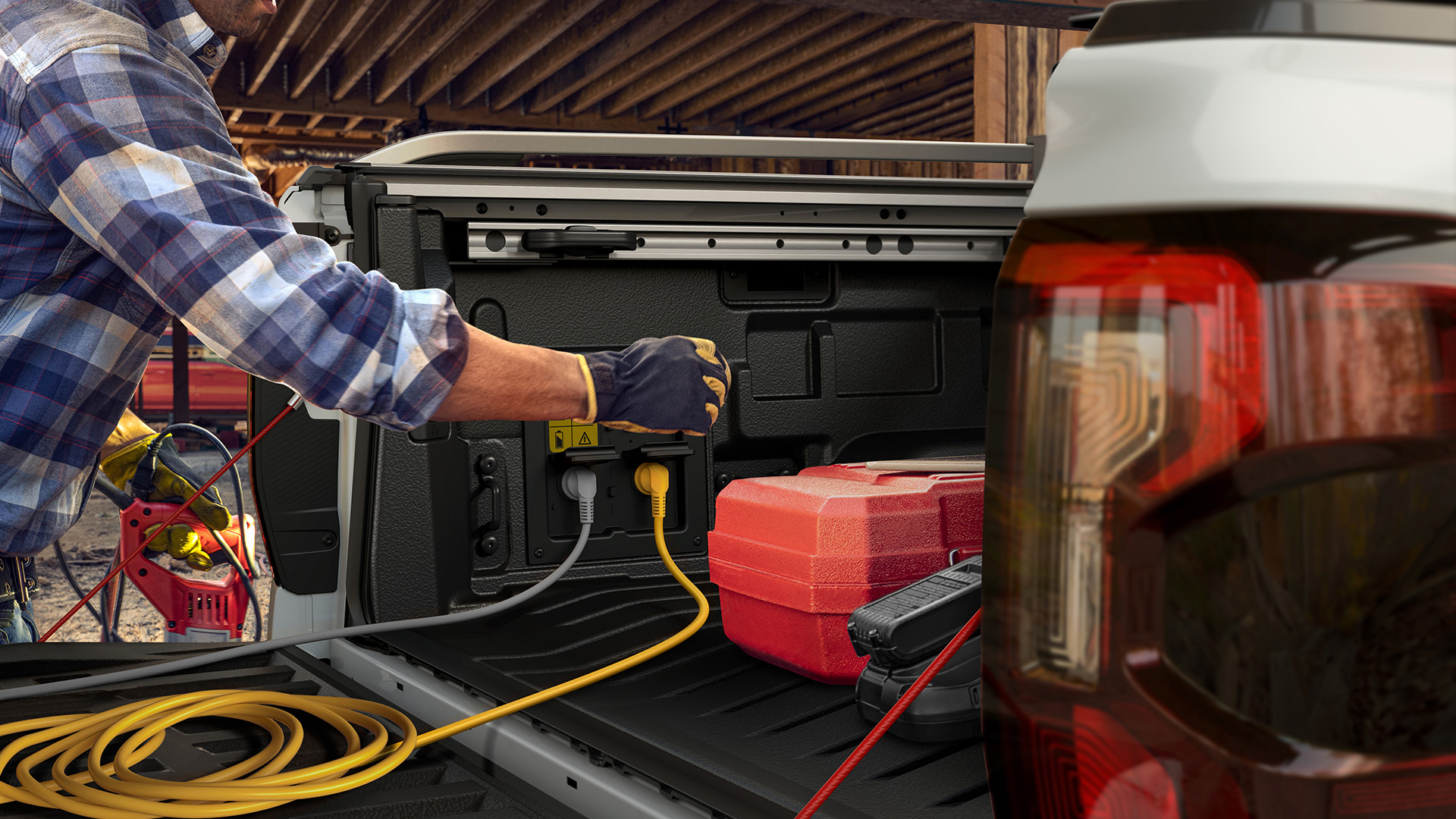
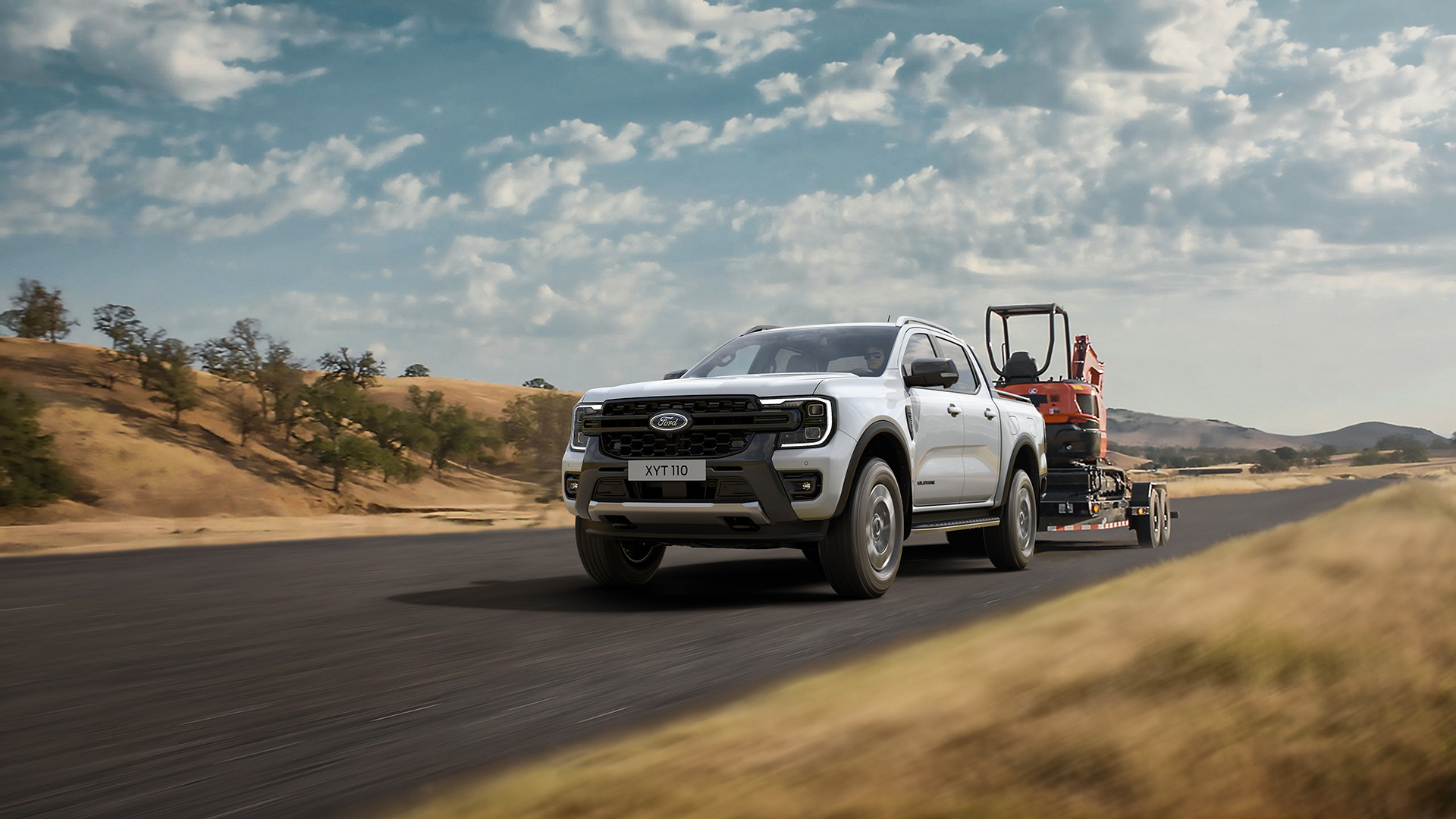

As T3's Editor-in-Chief, Mat Gallagher has his finger on the pulse for the latest advances in technology. He has written about technology since 2003 and after stints in Beijing, Hong Kong and Chicago is now based in the UK. He’s a true lover of gadgets, but especially anything that involves cameras, Apple, electric cars, musical instruments or travel.